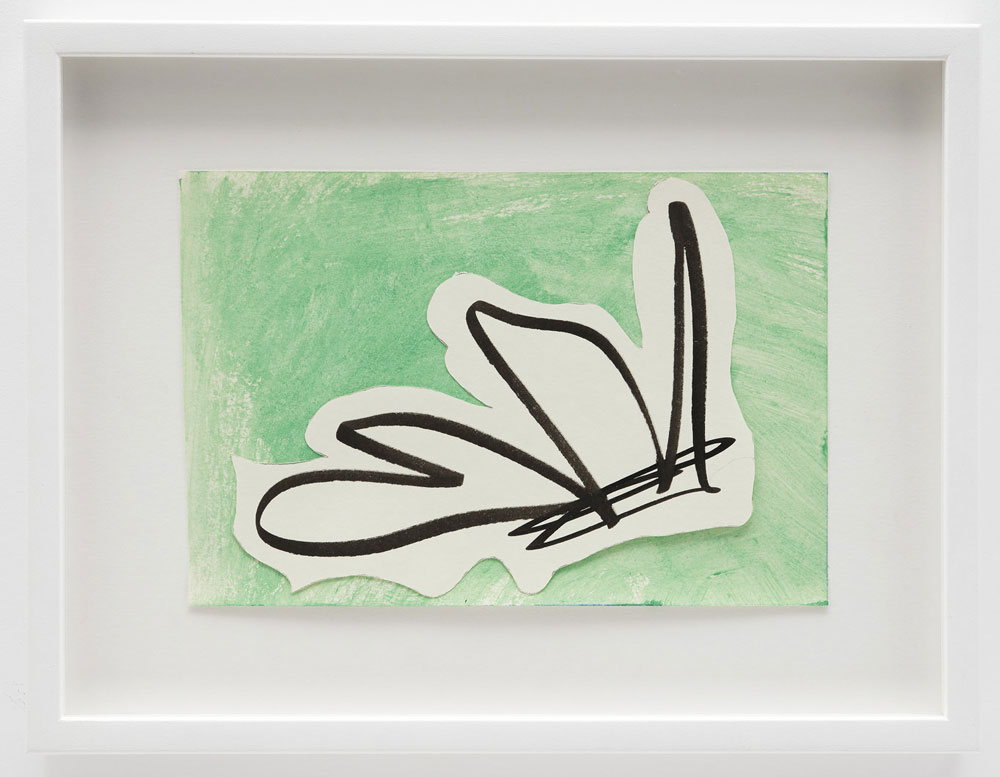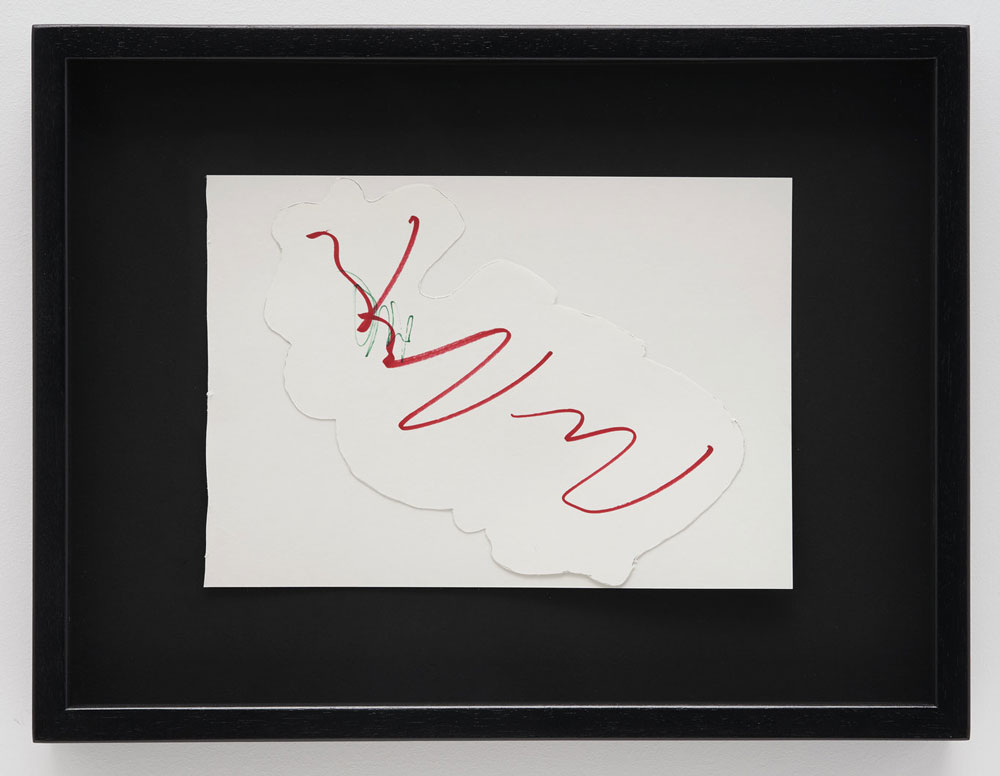ART-PRESENTATION: Richard Tuttle-Matter For Ourselves As Well As for Others
 Richard Tuttle is one of the most singular and influential artists working today, whose extraordinary work eludes classification and dissolves the boundaries of sculpture, painting, drawing, installation and printmaking. Since his first exhibition in New York in 1965, Richard Tuttle has employed the strongest of soft touches on a groundbreaking exploration into the poetry of form, color, line and the material. He has consistently expanded our understanding of the art object’s relationship to space and subtly redefined our expectations of sculpture.
Richard Tuttle is one of the most singular and influential artists working today, whose extraordinary work eludes classification and dissolves the boundaries of sculpture, painting, drawing, installation and printmaking. Since his first exhibition in New York in 1965, Richard Tuttle has employed the strongest of soft touches on a groundbreaking exploration into the poetry of form, color, line and the material. He has consistently expanded our understanding of the art object’s relationship to space and subtly redefined our expectations of sculpture.
By Dimitris Lempesis
Photo: Pace Gallery Archive
During the early part of his career, Tuttle was amongst various artists, now associated mainly with Conceptualism, who shifted public perceptions of what art could be, in both physical and conceptual terms. No longer restricted to categories such as “painting” and “sculpture”, Tuttle’s work could instead be the document of a process or thought, a simple form perhaps constructed from very simple materials, but which gestured towards something ineffable, beyond the physical boundaries of what was presented. Richard Tuttle’s solo exhibition “For Ourselves As Well As for Others” features a selection of Tuttle’s recent works, including remarkable pieces from the “Epigrams” series. Tuttle employs ephemeral and fragile materials in the construction of a personal lexicon where cardboard, wire, wood, paper and cloth perform as words in a poem or notes in a score, characterized by a resolute absence of reference or interpretation. “I use the material to question itself, or to question the very thing, which is already “the picture,” I think. But I may have fallen in love during this long process, not to mention my response to the sensuality of things, to seeing how the thing is embedded in a singular, appealing matrix of matter, lost to distinction… by me!”. In Tuttle’s lyrical oeuvre, materials and presentation are always interrelated, with the artist consistently guiding viewer’s aesthetic experience. He draws beauty out of humble materials including cardboard and aluminum, here by reflecting the fragility of the world. Works such as “13 Angels for Jack” and “Space is Shape” continue Tuttle’s exploration of line and volume and reach poetic dimensions. Without a specific reference point, these pieces reflect a sense of spirituality and mirror the artist’s deep intellectual curiosity.
Info: Pace Gallery, Quai des Bergues 15-17, 1201, Geneva, Duration 14/11/18-1/1/19, Days & Hours: Tue-Sat 10:00-18:00, www.pacegallery.com



